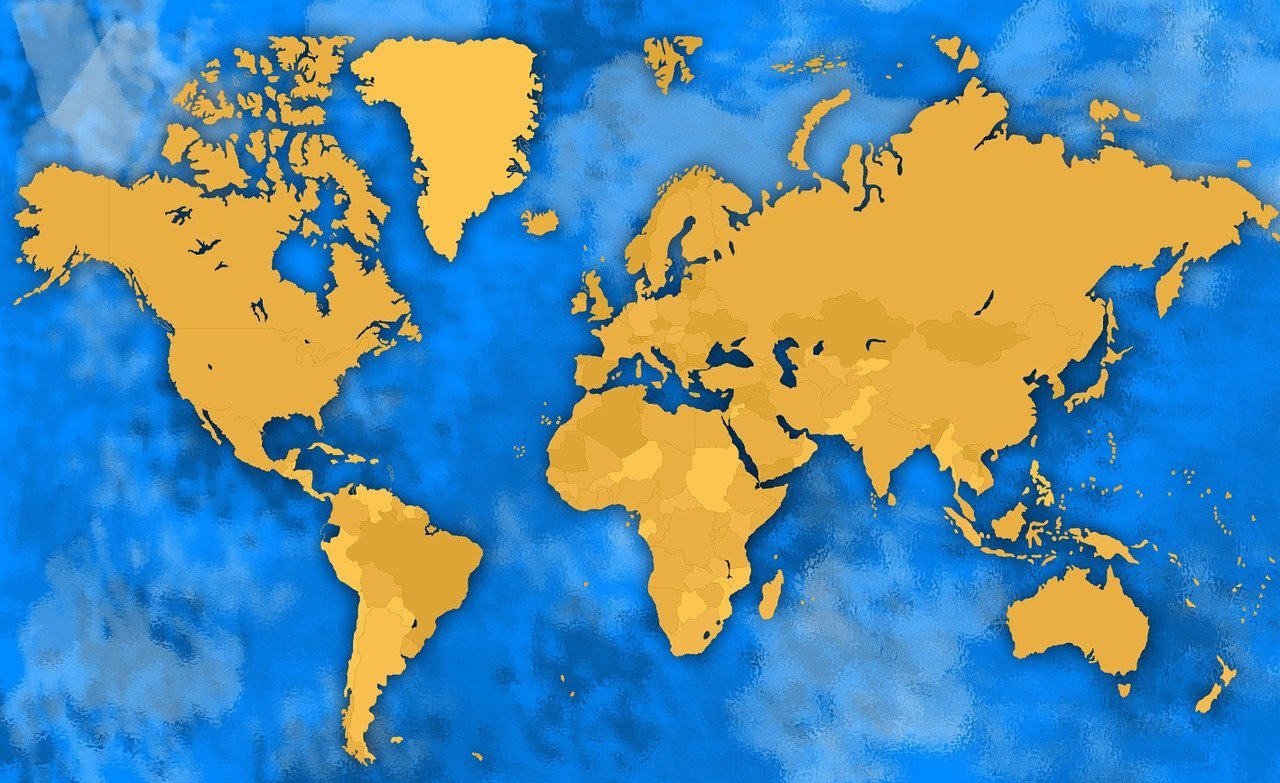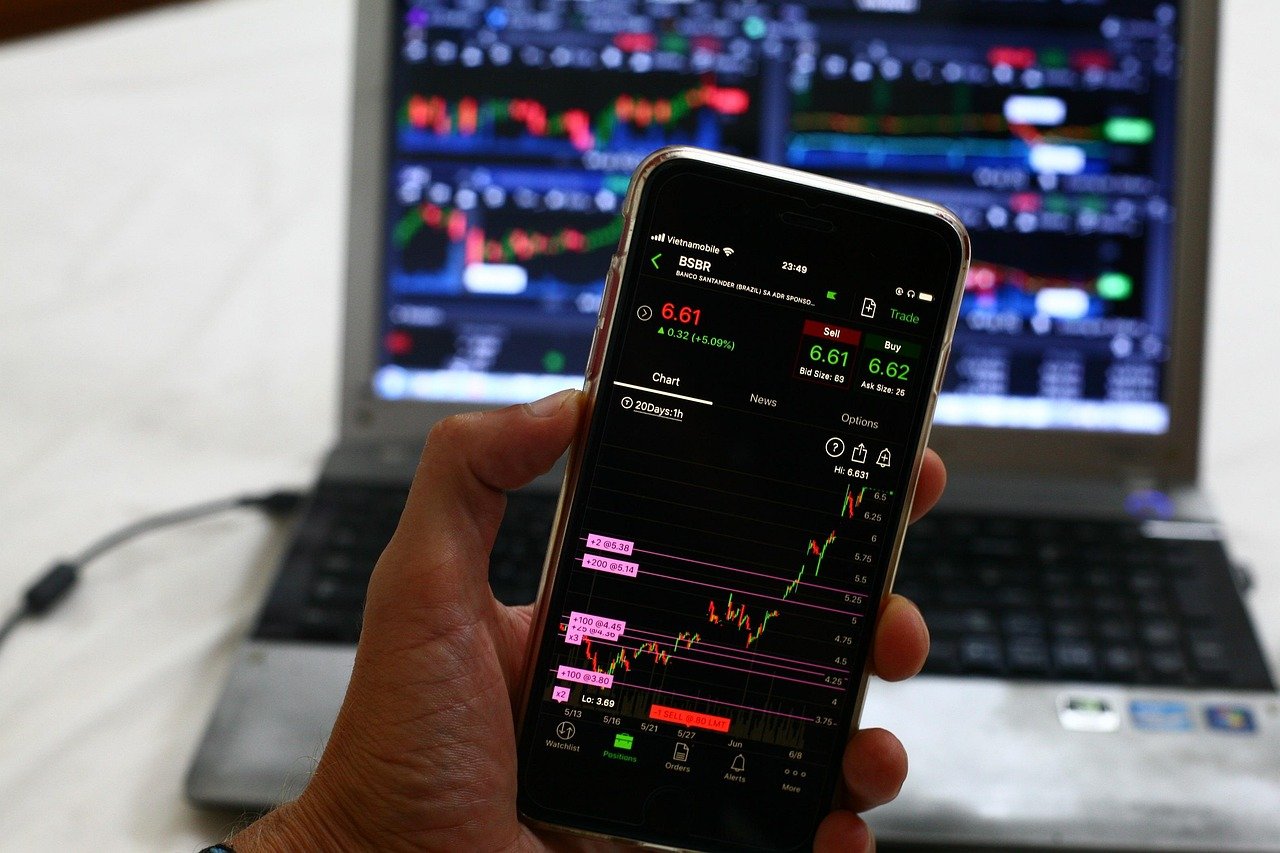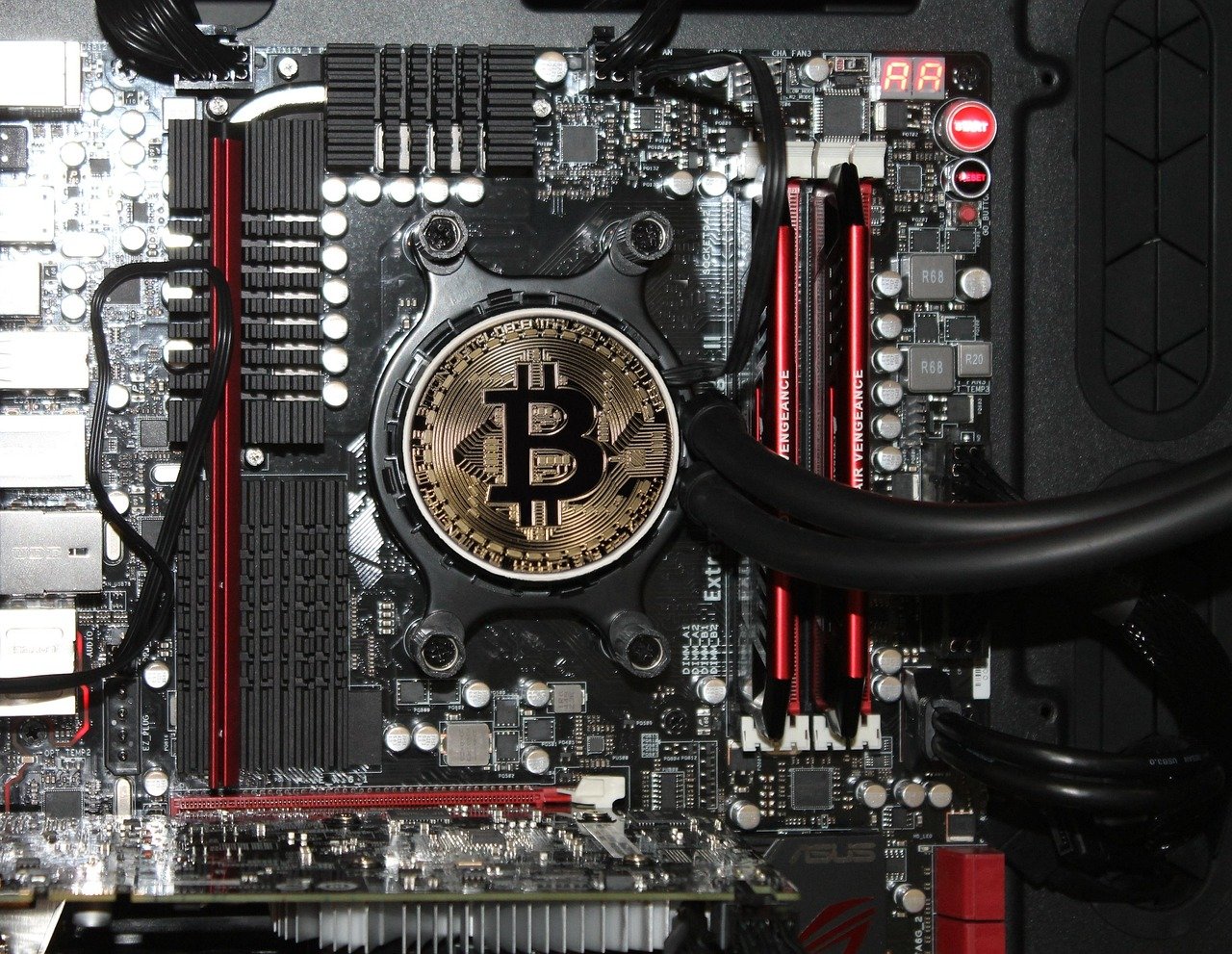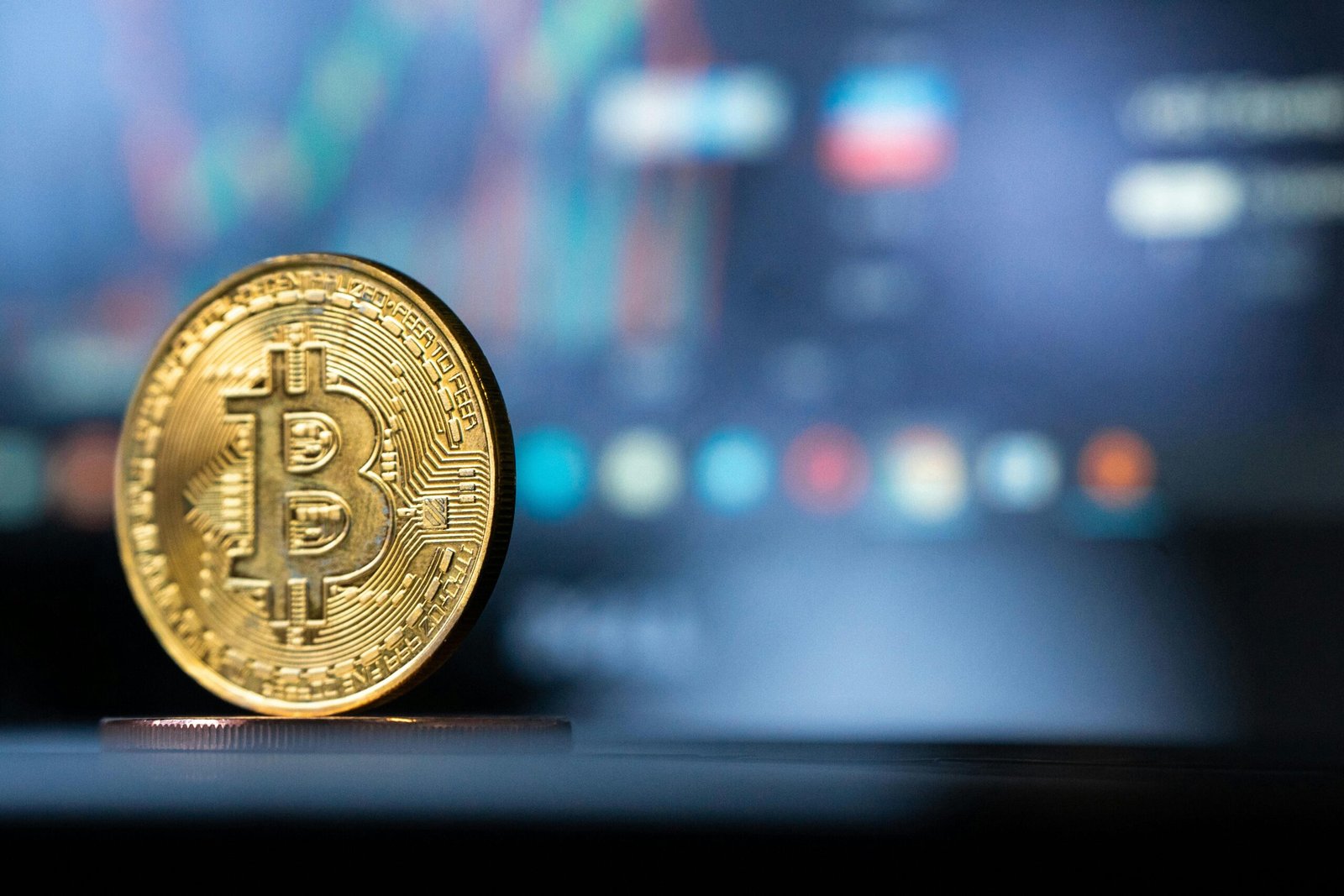The maritime heart of Southeast Asia has always played a pivotal role in shaping world history. Stretching between some of the busiest trade routes on Earth, the waters connecting the islands of Indonesia hold a blend of natural beauty, economic power, and cultural heritage. This region has long attracted explorers, traders, and modern travelers alike.
In this comprehensive guide, we’ll explore the geography, ecosystems, historical significance, and modern-day importance of this sea. From ancient spice routes to vibrant marine biodiversity and booming tourism, it offers much more than just a passage between islands.
thejavasea: Geographic Overview
The area spans between Java to the south and Borneo to the north, touching several Indonesian provinces. It is part of the broader network of seas in the Malay Archipelago and is considered a shallow body of water compared to deeper oceans around it.
Key geographic features include:
- Location: Central to the Indonesian archipelago
- Depth: Average of about 40 meters
- Connectivity: Links to the South China Sea, Bali Sea, and the Indian Ocean
- Surroundings: Java, Sumatra, Borneo, and Sulawesi
This position makes it a crucial maritime corridor for international shipping and inter-island trade.
thejavasea: Historical Background
Ancient Trade and Spice Routes
Centuries ago, this sea formed the backbone of trade routes that connected Asia with Europe. Spices, textiles, and precious stones moved across its waters, shaping global commerce and giving rise to powerful kingdoms.
Colonial Influence
European powers, particularly the Dutch, recognized the sea’s strategic value. Control over this region meant dominance over trade routes and access to valuable resources.
World War II Significance
The sea became a battleground during World War II. The Battle of the Java Sea in 1942 saw Allied and Japanese forces clash in one of the largest naval confrontations in the Pacific theater.
thejavasea: Marine Biodiversity
The sea is not only historically important but also ecologically rich. Its shallow waters and coral reefs nurture countless marine species.
- Coral Reefs: Home to vibrant ecosystems supporting fish, mollusks, and crustaceans.
- Marine Life: Sharks, dolphins, turtles, and numerous fish species.
- Mangroves and Coastal Habitats: Crucial for preventing erosion and serving as nurseries for marine life.
Conservation challenges, such as overfishing and plastic pollution, threaten this fragile ecosystem.
thejavasea: Economic Importance
Trade and Shipping
Located on key international maritime routes, it supports thousands of vessels each year. Its ports handle essential goods like oil, coal, palm oil, and manufactured products.
Fisheries
The region sustains local communities through fishing, contributing significantly to Indonesia’s economy.
Energy Resources
Beneath its seabed, reserves of oil and natural gas add another layer of economic importance.
thejavasea: Tourism and Travel
The area is a paradise for tourists seeking natural beauty and cultural richness. Popular activities include:
- Island Hopping: Exploring Karimunjawa and Thousand Islands.
- Scuba Diving and Snorkeling: Crystal-clear waters reveal coral gardens and marine life.
- Cultural Tourism: Visiting coastal towns with unique traditions and culinary delights.
Tourism brings economic growth but must balance with sustainable practices to protect the fragile ecosystem.
thejavasea: Climate and Environmental Challenges
Climate change has brought significant challenges:
- Rising Sea Levels: Threatening coastal communities.
- Coral Bleaching: Warmer waters damage reefs.
- Extreme Weather: Increased storms disrupt fishing and shipping.
Efforts from local governments, NGOs, and international organizations aim to restore balance through conservation projects.
thejavasea: Cultural and Social Influence
The communities around this sea have unique traditions shaped by centuries of interaction with different cultures.
- Maritime Folklore: Stories of sea spirits and legendary voyages.
- Cuisine: Seafood-based dishes influenced by Arab, Indian, and Chinese traders.
- Festivals: Coastal celebrations highlight the connection between people and the sea.
This cultural identity continues to influence Indonesian art, music, and daily life.
thejavasea: Case Studies in Development
The Karimunjawa Islands
A protected marine park, showcasing successful ecotourism where locals benefit economically while preserving coral reefs.
The Port of Tanjung Priok
Indonesia’s busiest port demonstrates the sea’s role in global logistics, handling millions of containers yearly.
thejavasea: Future Prospects
Looking ahead, this sea’s role will only grow.
- Blue Economy Initiatives: Harnessing marine resources sustainably.
- Tourism Growth: Eco-friendly tours and diving expeditions.
- Regional Cooperation: Strengthening partnerships in Southeast Asia for conservation and maritime security.
Balancing economic growth with environmental sustainability is the key challenge.
FAQs About thejavasea
1. What countries border thejavasea?
Primarily Indonesia, including Java, Sumatra, Borneo, and nearby smaller islands.
2. Why was thejavasea important in World War II?
It was the site of the Battle of the Java Sea, a major naval clash in 1942.
3. Is thejavasea rich in biodiversity?
Yes, it contains coral reefs, mangroves, and diverse marine species.
4. How does thejavasea support Indonesia’s economy?
Through shipping, fisheries, and energy resources beneath its seabed.
5. What tourist attractions are in thejavasea region?
Karimunjawa Islands, Thousand Islands, and coastal towns with rich cultural heritage.
6. What environmental threats does thejavasea face?
Overfishing, plastic pollution, coral bleaching, and rising sea levels.
7. Can visitors dive or snorkel in thejavasea?
Yes, it is a popular destination for underwater exploration and eco-tourism.
Conclusion
The sea at the center of Indonesia is more than just a body of water—it is a lifeline connecting history, culture, and modern commerce. Its biodiversity and economic potential make it invaluable, while its cultural traditions enrich the lives of coastal communities.
As challenges like climate change and overuse persist, sustainable development will be essential. Whether for trade, tourism, or conservation, this sea remains one of Southeast Asia’s most vital natural treasures.
For travelers, historians, and environmentalists alike, its story is worth exploring—and protecting for generations to come.










